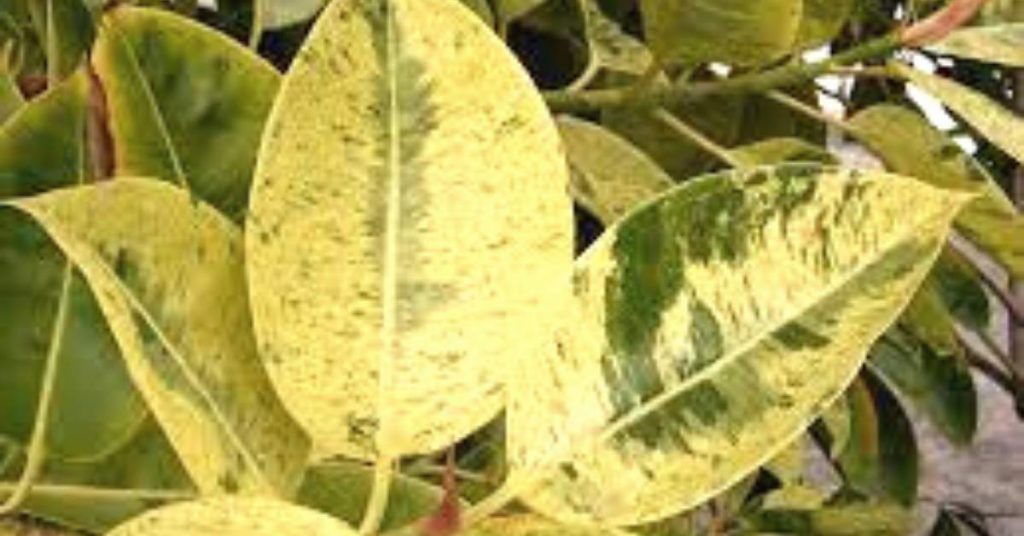Causes Of Calcium Deficiency In Your Garden Plants, And How To Fix It.
The leaves of your garden plants may be starting to look a bit off, with brown patches and necrotic areas. If you take a closer look, you may see that the veins in the leaves are yellow or even white. This is a clear sign of calcium deficiency! Luckily, there are many ways to fix this problem. In this post, we’ll outline the most common causes of calcium deficiency in plants, as well as How To Fix Calcium Deficiency In Plants.

Table of Contents
What Does Calcium Deficiency Look Like?
A calcium deficiency in plants will manifest itself in a few different ways. You may start to see leaves yellowing, browning, or curling. The plant may also stop growing or producing flowers or fruit. If left unchecked, a calcium deficiency can kill a plant.
What Are The Signs That Your Plants Have Calcium Deficiency?
There are a few telltale signs that your garden plants may be calcium-deficient. One of the most common signs is stunted growth. If leaves are yellowing and curling up, that’s another sign indicating a lack of calcium. Brown patches on leaves or fruit can also signify that something is amiss. Weak stems and branches often indicate a calcium deficiency, as is a general lack of vigor in the plant. If you see any of these signs, it’s time to take corrective action and add some calcium to your plants’ diet.
Why Do Plants Typically Have Calcium Deficiency?
There are several reasons why plants might suffer from calcium deficiency. One of the most common is a lack of calcium in the soil. Another reason could be that the plant cannot uptake the calcium from the earth, often due to high levels of alkalinity or sodium. Poor soil drainage can also lead to a calcium deficiency, as can excessive watering. Finally, if the plant is being grown in containers, it’s likely because the soil in the pot doesn’t have enough calcium. In any case, there are several things you can do to help your plants get back on track.
How To Fix Calcium Deficiency?
If you’re seeing browning leaves, stunted growth, or poor flowering and fruiting, it’s likely your plants are suffering from calcium deficiency. This is a common issue, but fortunately, it’s easy to correct. To fix the problem, start by adding a source of calcium to your garden soil. You can do this by applying a commercial calcium supplement or using agricultural lime. If you’re using lime, be sure to read the dosage instructions carefully, so you don’t accidentally over-correct the pH levels in your soil. Once you’ve added the calcium, please wait a few weeks for the plants to recover and then observe how they’re doing. If you still see signs of deficiency, repeat the process until the plants are healthy and thriving again.
Where To Get Calcium?
It’s not difficult to find sources of calcium for your garden plants. You can purchase a commercial fertilizer that’s high in calcium, or you can add crushed eggshells to the soil. Eggshells are a great source of calcium carbonate, which is slowly released into the ground as the shells decompose. You can also add lime to the bottom to raise the pH and make it more alkaline. Limestone is high in calcium and magnesium, so it’s a good choice for gardens that need a little extra help in the calcium department.
Bottom Line
While several things can cause calcium deficiency, it’s thankfully easy to fix. By understanding the causes and symptoms, you can take the necessary steps to get your plants back on track. Calcium is an essential nutrient for plants, so it’s required to ensure they’re getting enough – especially if you see signs of deficiency.
